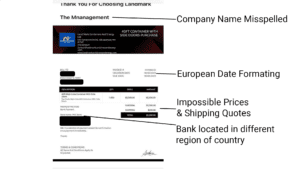Shipping containers are indispensable in today’s global economy, as they enable the transport of goods across long distances efficiently and securely. If you are new to the world of shipping containers, you may find the specialized terminology a bit overwhelming. This article aims to explain key terms and jargon related to shipping containers, so you can better understand the industry and make informed decisions when purchasing or renting a container. In each section, we will dive into the details of these essential terms.
Intermodal Container
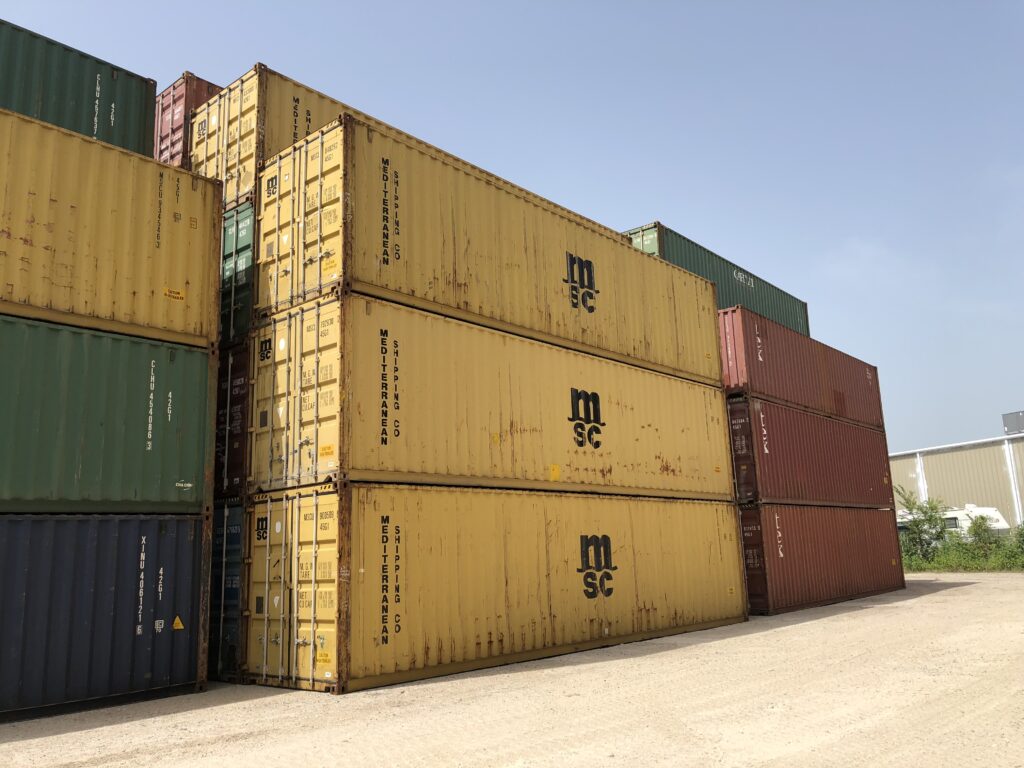
An intermodal container, often simply called a “container,” is a large standardized shipping box made of steel or aluminum, designed to be easily transferred between different modes of transport, such as ships, trains, and trucks, without the need for unloading and reloading the cargo. Intermodal containers come in various sizes, the most common being 20-foot and 40-foot lengths.
Intermodal containers have revolutionized global trade by providing a uniform and efficient method of transporting goods. Their standardized dimensions and fittings allow them to be seamlessly transferred from one mode of transport to another, reducing handling times and costs, and minimizing the risk of damage to the cargo.
TEU and FEU
TEU (Twenty-foot Equivalent Unit) is a standard unit of measurement in the shipping industry, referring to the cargo capacity of a 20-foot long container. A 40-foot long container, also known as an FEU (Forty-foot Equivalent Unit), has twice the cargo capacity of a TEU. These units are used to express the capacity of container ships, terminals, and other logistics operations.
Understanding TEUs and FEUs is essential when working with shipping containers, as they provide a common language for discussing container sizes and capacities. This standardized measurement system makes it easier to plan and coordinate container shipments and to compare the capabilities of different vessels and transportation providers.
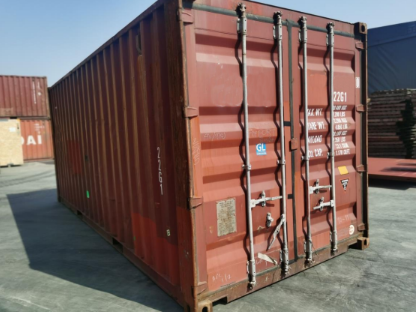
Dry Container
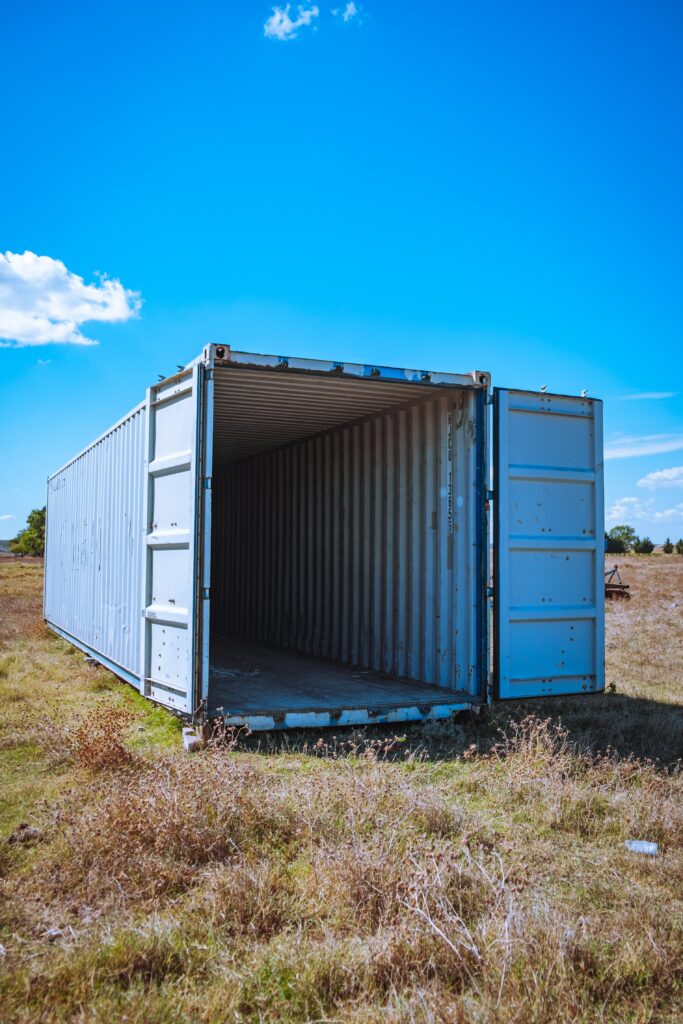
A dry container is the most common type of shipping container, used for transporting general cargo that does not require temperature control or any special conditions. Dry containers come in different sizes, but the standard dimensions are 20-foot and 40-foot lengths.
Dry containers are made of weather-resistant steel or aluminum, with watertight doors to protect the cargo from the elements. They are suitable for a wide range of goods, including textiles, electronics, furniture, and machinery. When selecting a dry container, it is crucial to consider the dimensions and weight of your cargo to ensure a proper fit.
Reefer Container
A reefer container, short for refrigerated container, is a type of shipping container equipped with an internal cooling system to maintain a specific temperature range, allowing for the transport of perishable goods, such as fruits, vegetables, and meat.
Reefer containers have power connections for their cooling systems, and their temperature can be adjusted according to the requirements of the cargo. They are available in various sizes, including standard 20-foot and 40-foot lengths. When using a reefer container, it is essential to ensure that the container’s power supply remains uninterrupted and that the temperature is closely monitored to maintain the quality of the perishable goods.
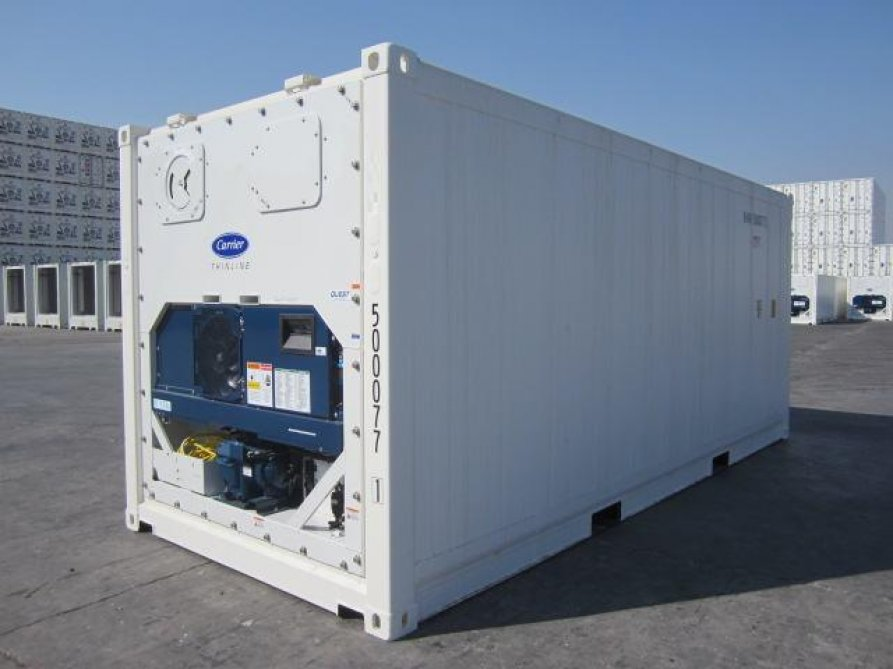
High Cube Container
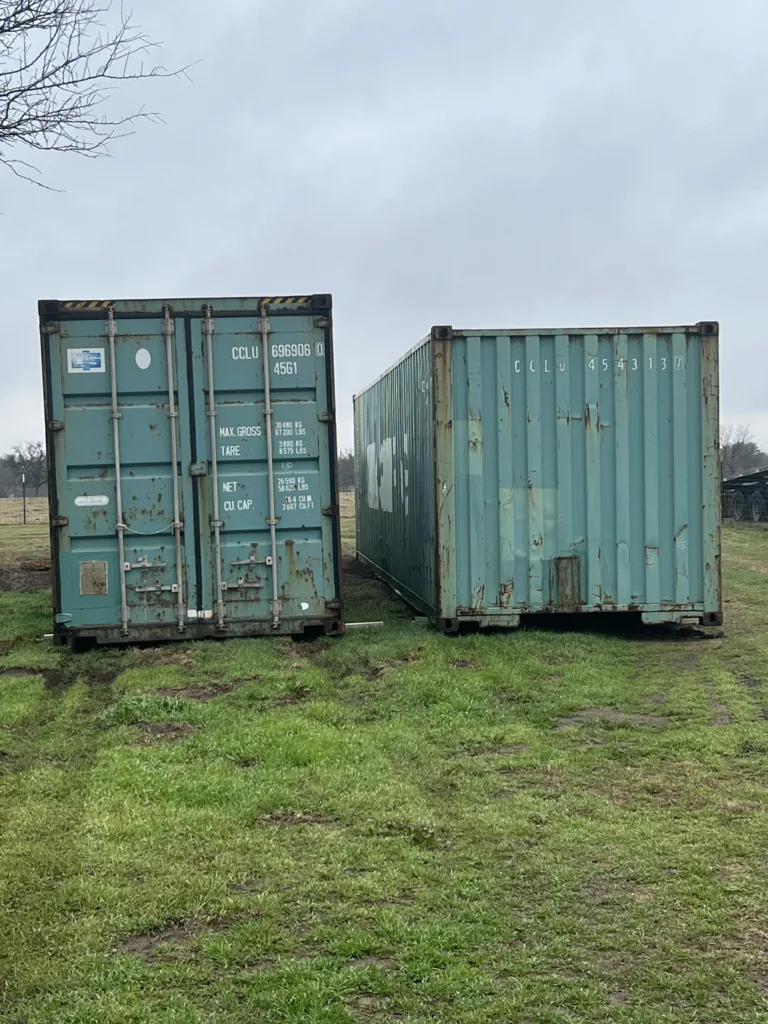
A high cube container is a type of shipping container that is taller than a standard container, usually by one foot, providing additional storage space. High cube containers are typically 40 feet long and are ideal for transporting bulky or lightweight cargo.
The extra height of high cube containers allows for the transportation of items that would not fit in a standard container or enables the stacking of more cargo within the same footprint. These containers are especially popular in industries that require the shipment of large or voluminous items, such as furniture, appliances, and lightweight machinery.
Open Top Container
An open top container is a shipping container with a removable or convertible top, allowing for the loading and unloading of oversized cargo that cannot fit through the standard container doors. These containers are often used for transporting heavy machinery, construction materials, or other large items.
Open top containers typically come with a weather-resistant tarpaulin cover and support bows to protect the cargo from the elements. This design provides flexibility for loading and unloading, as the cargo can be lifted in or out by crane or other specialized equipment. When using an open top container, it is important to properly secure the cargo to prevent shifting during transportation and to ensure that the tarpaulin cover is properly installed to protect the cargo from weather conditions.
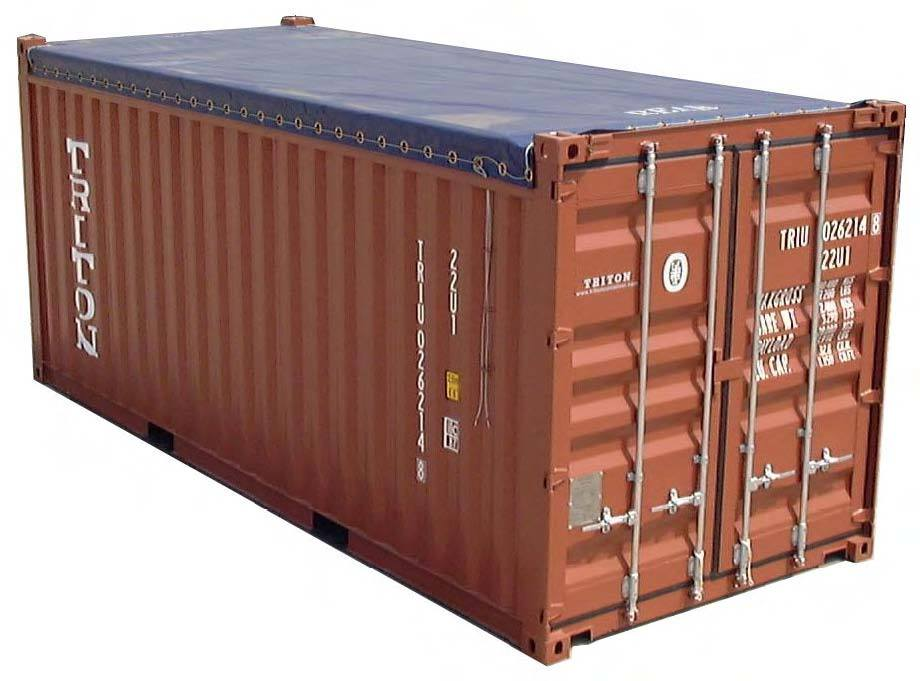
Flat Rack Container
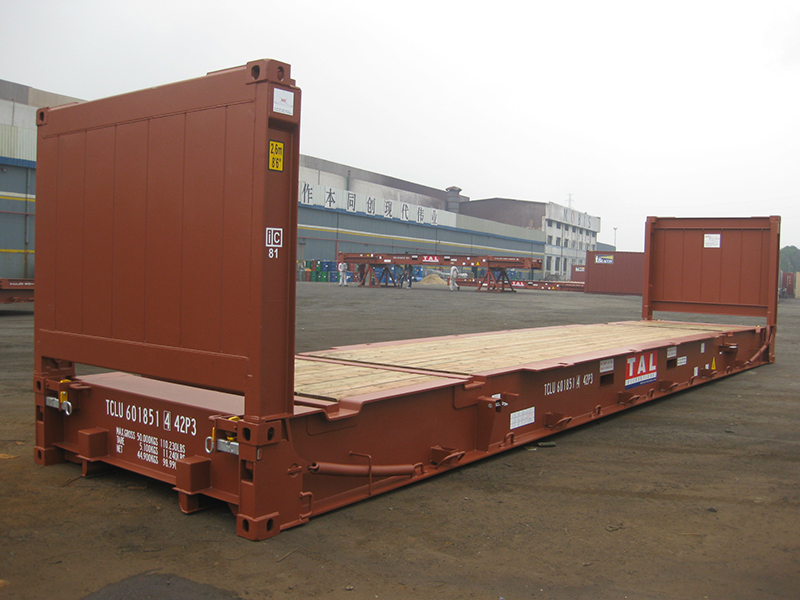
A flat rack container is a specialized shipping container designed to carry heavy, oversized, or irregularly shaped cargo. It consists of a flat bed with fixed or collapsible end walls, allowing for easy loading and unloading from the top or sides.
Flat rack containers are often used for transporting large and heavy items such as construction equipment, vehicles, and industrial machinery. They can be loaded and unloaded using cranes or other heavy lifting equipment, and the cargo is typically secured using lashing rings and other specialized devices. When using a flat rack container, it is essential to ensure that the cargo is properly secured and balanced to prevent shifting and potential damage during transportation.
ISO Code
The International Organization for Standardization (ISO) has established a set of codes to standardize shipping container specifications, such as dimensions, ratings, and markings. These codes ensure that shipping containers meet global safety and performance standards, facilitating their seamless integration into the global transportation system.
ISO codes include information on the container’s dimensions, maximum gross weight, and construction materials, among other details. Familiarizing yourself with ISO codes can help you make informed decisions when purchasing or renting a container, as they provide an easy way to compare different container types and ensure that your chosen container meets your specific requirements.
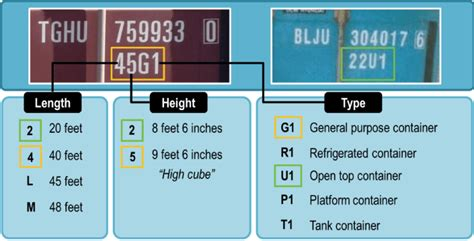
CSC Plate
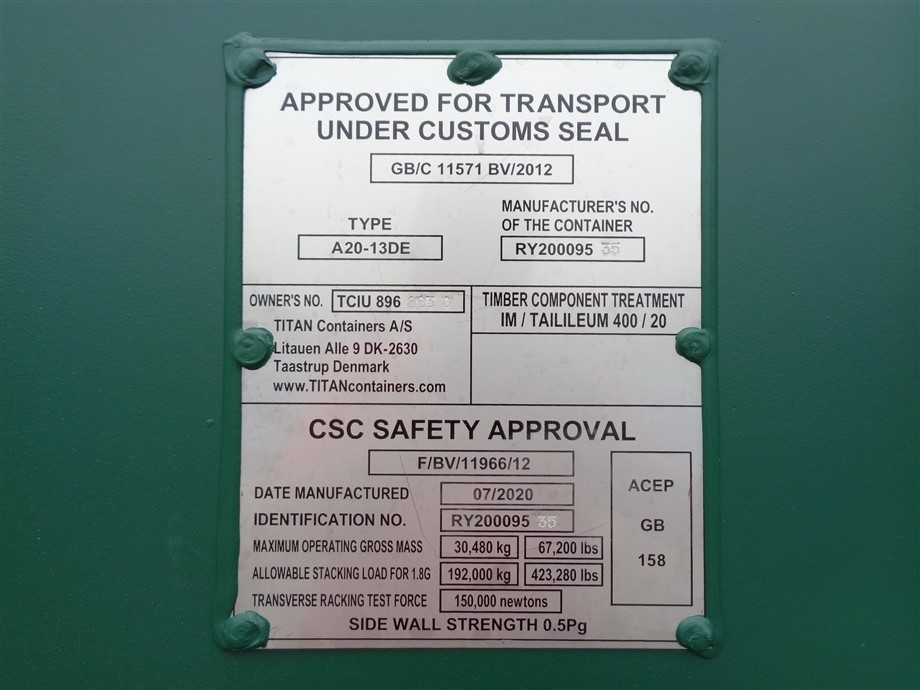
The Convention for Safe Containers (CSC) Plate is a metal plate affixed to a shipping container, displaying vital information about the container, such as its unique identification number, manufacture date, and safety approval data. The CSC Plate helps ensure that containers are safe for transportation and meet international standards.
CSC Plates are inspected and updated regularly, as they play a crucial role in maintaining the safety and integrity of the global container fleet. When purchasing or renting a shipping container, it is essential to check the CSC Plate to ensure that the container is in good condition and complies with international safety standards.
Conclusion
Understanding shipping container terminology is essential for anyone involved in the logistics and transportation industries. By familiarizing yourself with these key terms and jargon, you can better navigate the world of shipping containers and make informed decisions when purchasing or renting a container for your business. Whether you are shipping dry goods, perishables, or oversized items, knowing the ins and outs of container types, sizes, and specifications will help ensure that your cargo reaches its destination safely and efficiently.


